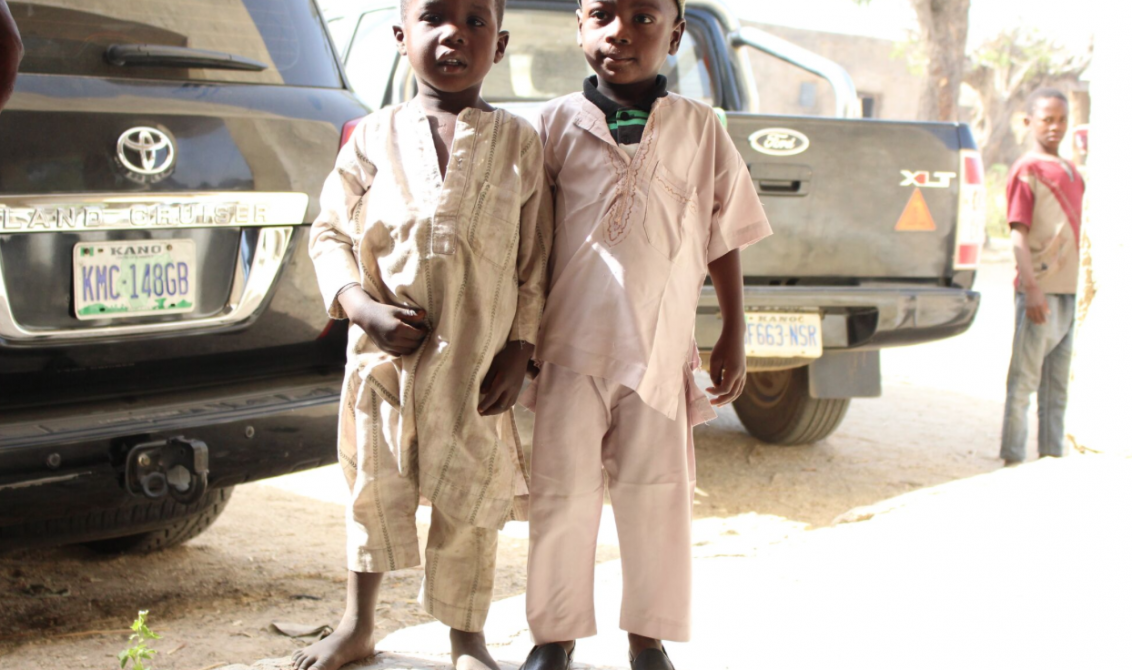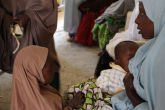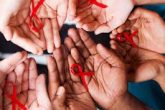
A lifetime of serving the poor and marginalized did not prepare me for what my eyes and heart encountered at the Mother and Child malnutrition Initiative in Kano State.
I’ve worked in Cambodia with survivors of the Khmer Rouge regime, with the destitute in the Caribbean, HIV/AIDS patients in late 1990s Los Angeles, inner-city poor and women and children in shelters in urban and suburban New York City tri-state area. I’ve participated in health outreaches in rural communities around Abuja, Nigeria. Nothing prepared me for what I saw and experienced in Kano State.

As a physician you learn to guard yourself, to protect yourself, so you don’t become consumed or overwhelmed by the needs of your patients. Initially, I did that pretty well in Kano. It’s become automatic through the years. You set up the guards around your heart and plunge into the work at hand, staying focused. You’ve worked out the steps in your mind and know what to do to accomplish the project. And so you get on it.
But catching the eye of the shy child hiding behind her mother’s robes is my undoing. That age-old game children play with strangers is on…peeking out intermittently to find my eyes and then to disappear again – smiling in response to the delight on my face. The guards come crashing down.
I make eye contact with young women, weary young mothers carrying burdens way beyond their years. Women gaze at us with curiosity, at Vwarhe, our Business manager as she bustles around sometimes behind the camera, sometimes directing activities. They’re a little in awe and curious – we’re women like them yet very different in manner and speech, in confidence.

Are the wheels turning in their heads? Why couldn’t this be me? Why couldn’t I have been born in a different place, a different time, a different culture…? Honestly, I don’t know what they’re thinking, but I know what I’m thinking. How is it possible that society, culture, and religion have allowed this? I’m appalled. I am stunned by what I see all around me.
I think of the other women I’ve encountered on this trip – Northern women, educated and articulate – who have mapped out a different life in this restrictive culture. Women who are trying to make a difference for the women of Kano State.
Women like Amina Hanga, Executive Director of IWEI and her assistant Muneerah Suleiman who’ve both had more than their fair share of life’s difficulties, yet are fiercely tenacious about bringing change. They are products of this environment, this system, and culture but choose to give their lives relevance far above the only meaning culture has carved out for them – childbearing.
Like us at The HealthZone, they feel compelled to create a new narrative for Nigeria on health. We want to tell a story of improved health outcomes based on public health awareness and knowledge, of better health-seeking behavior and equal access to quality healthcare. This November we chose to tackle malnutrition for many reasons.
Most of the women in Kano State are illiterate. Most married in their early teens according to local custom. None of them practice birth control or family planning – as evidenced by our meeting several 20 and 21-year old women with three or four children each. Few of them know how to provide proper nutrition for their families.
Malnutrition is either the direct or underlying cause of nearly half of all child deaths under age five. Of the children we screened in Kano State, 15% in Garun Malam LGA and 23% in Rano LGA– almost 1 in 4 children – were moderate to severely malnourished. Another 35% – about 1 in 3 children – were under-nourished.

Malnutrition just means lack of proper nutrition. The thin sickly-looking children with prominent ribs you see in magazines and on the news are cases of extreme malnutrition. Most people who are malnourished do not show symptoms of severe hunger or starvation. It is a “hidden hunger” invisible to the casual observer, families, and communities.
Poor nutrition weakens the immune system, so children who are malnourished are more prone to life-threatening infectious diseases. Not surprisingly the children we screened in Kano had a variety of infections. Many of them had bacterial, fungal, and parasitic skin conditions. Dozens had runny noses, cough, diarrhea and a few had a fever. Most were unkempt and dirty.
These then are the typical children of rural northern Nigeria. It’s heartbreaking to think that some will not survive their 2nd birthday, others their 3rd, 4th, or 5th birthday. The smiling child who caught my eyes may be one of them.
There are simple solutions to the complicated mess we’ve made. I believe that educating and empowering women and girls is the key to this particular African problem.

